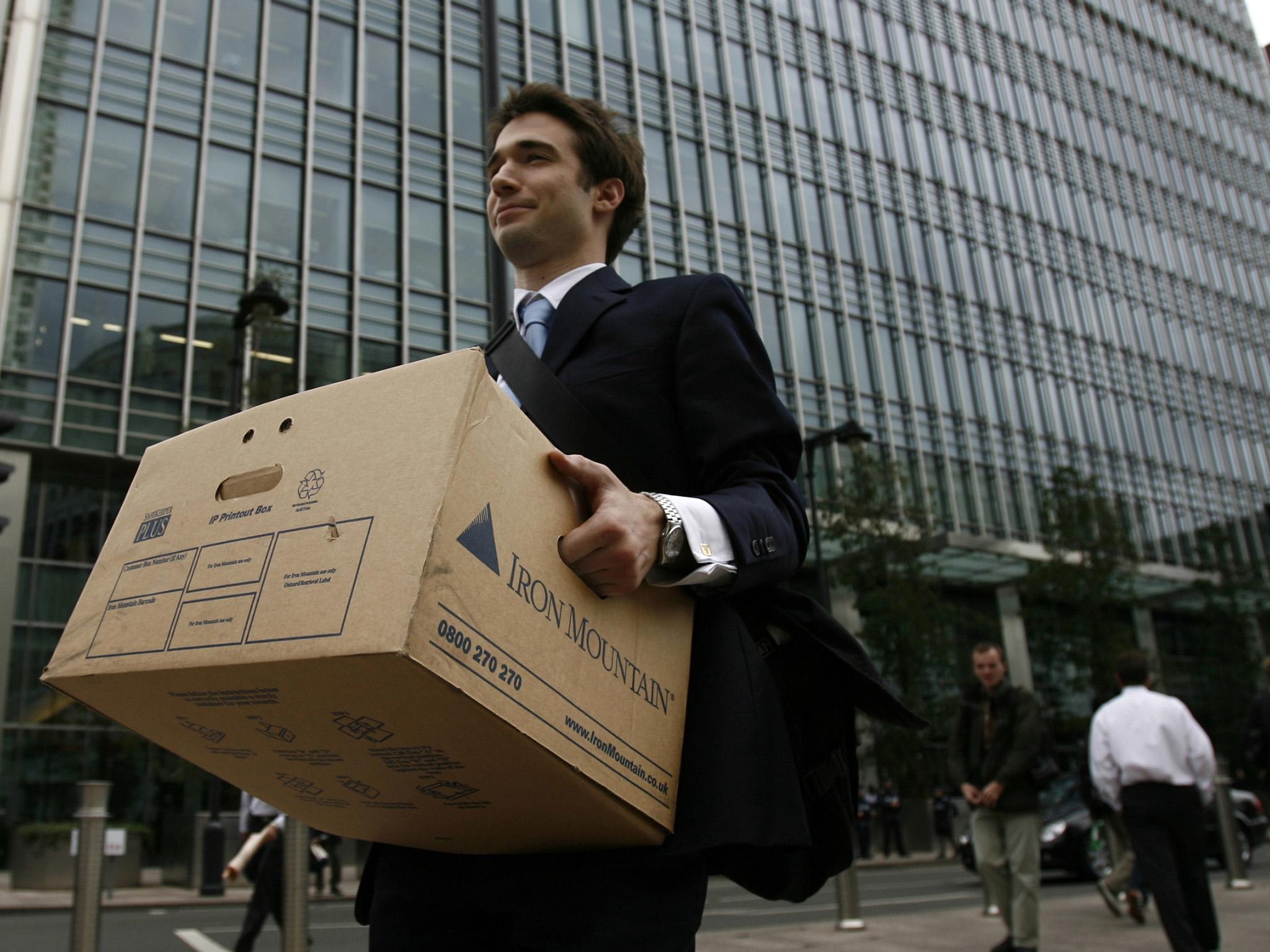Coronavirus: How big will the global economic rescue package need to be?
Analysis: How will stimulus efforts compare to what was rolled out a decade ago in the global financial crisis? Ben Chu looks at the numbers


Recession is coming – that’s certainly the belief of most economists. We don’t know how long it will last for, but it’s likely to be deep.
Governments all around the globe are rolling out their economic policy packages in order to mitigate the damage of national lockdowns to stem the spread of Covid-19.
But how big will those packages ultimately need to be?
And how do they compare to the ones that were unfurled by states during the last global economic crisis a decade ago – the global recession that followed the fall of Lehman Brothers in 2008, which was itself the biggest economic crisis since the Great Depression of the 1930s?
What’s the scale of the damage we’re potentially looking at here?
Let’s set the scene by looking at the International Monetary Fund (IMF) recent estimate for the size of the global economy in 2020: $90 trillion.
So that’s some $90 trillion of spending, income and output for all the consumers, workers and businesses of the planet.
It’s worth noting that figure because, in cash terms, that’s the relevant scale of the activity that’s now under threat.
In the year after the collapse of Lehman global GDP growth crashed to zero, down from around 4 per cent a year in the preceding decade.
If we are looking at something similar for global GDP now that implies around $3.5 trillion of lost output worldwide.
And of course it’s entirely possible that damage from Covid-19 might be worse.
How much money did governments spend last time around?
The IMF estimates that the G20 economies injected discretionary fiscal stimulus of just over 2 per cent of GDP in 2009 and 2010.
This included measures like tax cuts designed to stimulate consumer spending and additional public capital investment to get more money flowing through the economy.
If we take that as a benchmark governments collectively will need to be injecting around $1.8 trillion this year to stabilise the situation – and possibly also next year if the crisis continues.
Yet this was by no means the limit of the support offered by states to their economies.
Failing banks were bailed out, costing governments some $1.6 trillion (or $3.5 trillion, including guarantees) in total according to the IMF.
Governments also paid unemployment relief to the millions who lost their jobs.
This result was a massive increase in government debt.
The IMF says that the median average national debt-to-GDP ratio rose from 36 per cent to 50 per cent in the wake of the last global crisis.
There was also monetary stimulus too. Major central banks of the world bought up trillions of dollars of state debt to keep the money supply from collapsing.
If we did that again what would it mean on a national level?
If we take just the stimulus spending, two per cent of GDP for the UK would mean around £40bn.
For the US it would mean $450bn. For France it would be €50bn and for Germany $75bn.
But this is a very different sort of crisis from 2008.
That was a financial crisis which spread to the real economy through a collapse in consumer spending and business investment.
At that time it made sense for governments and central banks to stimulate short-term spending.
But this is a real economy crisis brought on by government lockdown actions to suppress the spread of a virus.
To put it simply, there’s little point seeking to stimulate consumer spending if populations are in lockdown.
So what needs to be different this time?
The measures required now, say economists, are not policies designed to pump up short-term GDP but to prevent long-term damage to the economy.
This means preventing otherwise healthy companies from going into insolvency during the pause in activity.
It means preventing a collapse of the incomes of those who are sick or otherwise unable to work because they are prevented from doing so, either from lockdowns or a lack of demand.
And to fund this requires a surge of government borrowing.
How much extra borrowing are we talking about?
Some economists think that government deficits may have to reach wartime levels.
“It could mean, both for the UK and other advanced economies, an unprecedented – albeit temporary – amount of peacetime spending or guarantees with governments playing a much bigger role in day-to-day economic affairs,” says Kallum Pickering of Berenberg.
In the UK government annual deficits during the two world wars of the 20th century breached 15 per cent of GDP, rising as high as 25 per cent.
The €200bn (20 per cent of GDP) package of business loans and aid pledged today by the Spanish government, the $300bn of loan guarantees (10 per cent of GDP) promised by French president Emmanuel Macron, and Germany’s €500bn in business loans (15 per cent of GDP) are certainly in this ballpark. So is the UK government’s new £330bn (15 per cent of GDP) business loans package.
By contrast the $850bn package (4 per cent of GDP) being pushed by Donald Trump’s administration in the US seems on the low side.
But there is a long road ahead. And the final figures for the size of the rescue plans of national governments seem likely to put even the massive economic bailout package for the global economy in 2008 in the shade.
Join our commenting forum
Join thought-provoking conversations, follow other Independent readers and see their replies
Comments